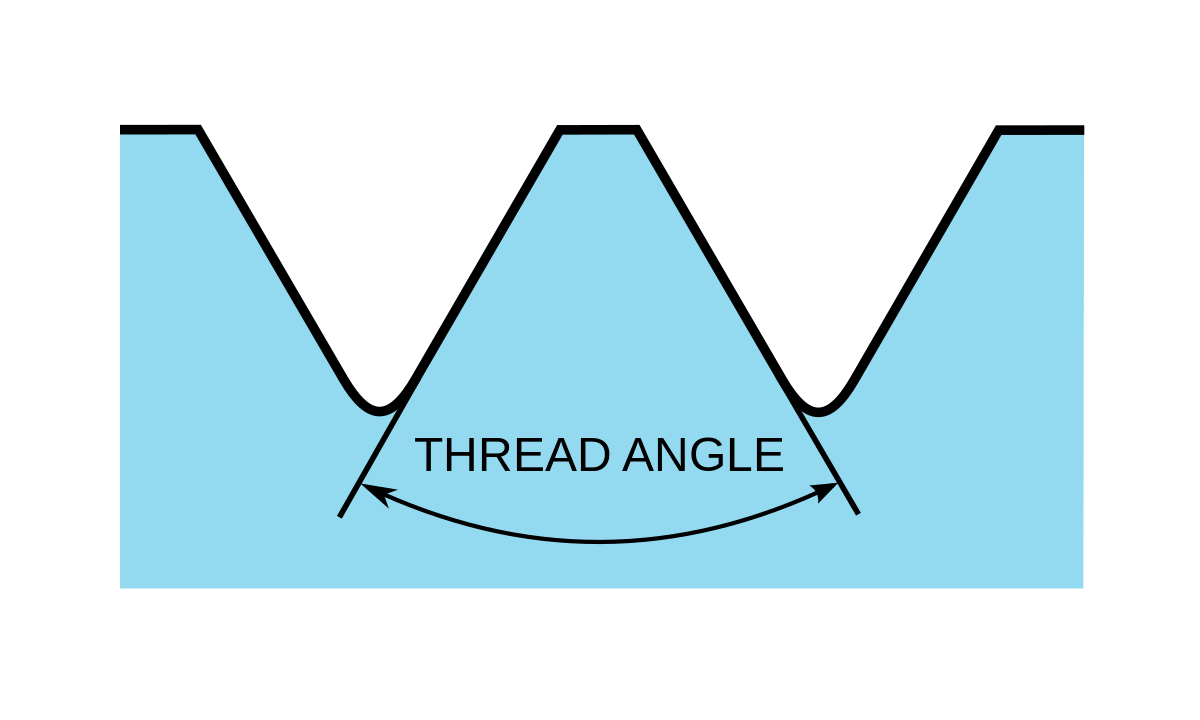CT-Rich
Contributor
This is one of the moments where you defer to the guy who has the correct tool for the job. The cost of having someone with correct tool check is far lower than the potential of being wrong.I took a closer look at some of my valves, now that I have some daylight. Of the valves I checked so far.
As far as tanks with markings? Don't know, because markings can be a pain to read, and I have a very random assortment of tanks.
- 4 valves have marking indicating threading
- 5 do not.
I am sure who ever gets tagged with this mistake, will be wishing more care had been taken.




